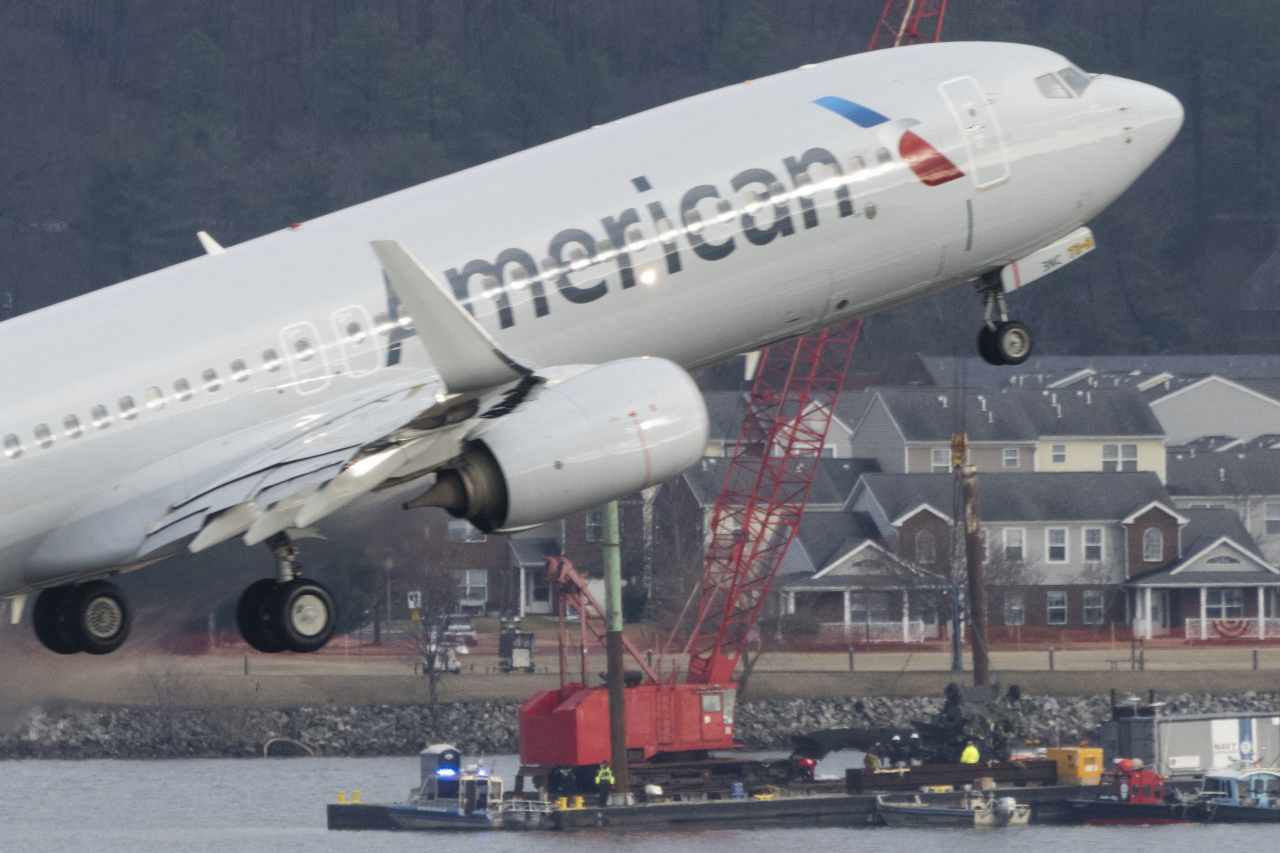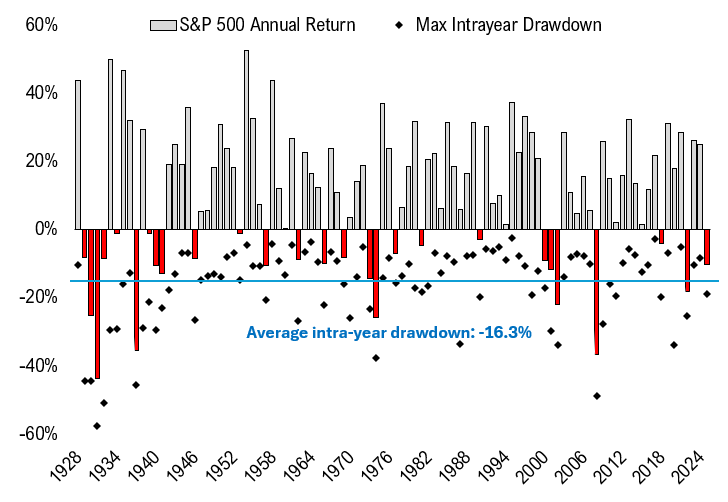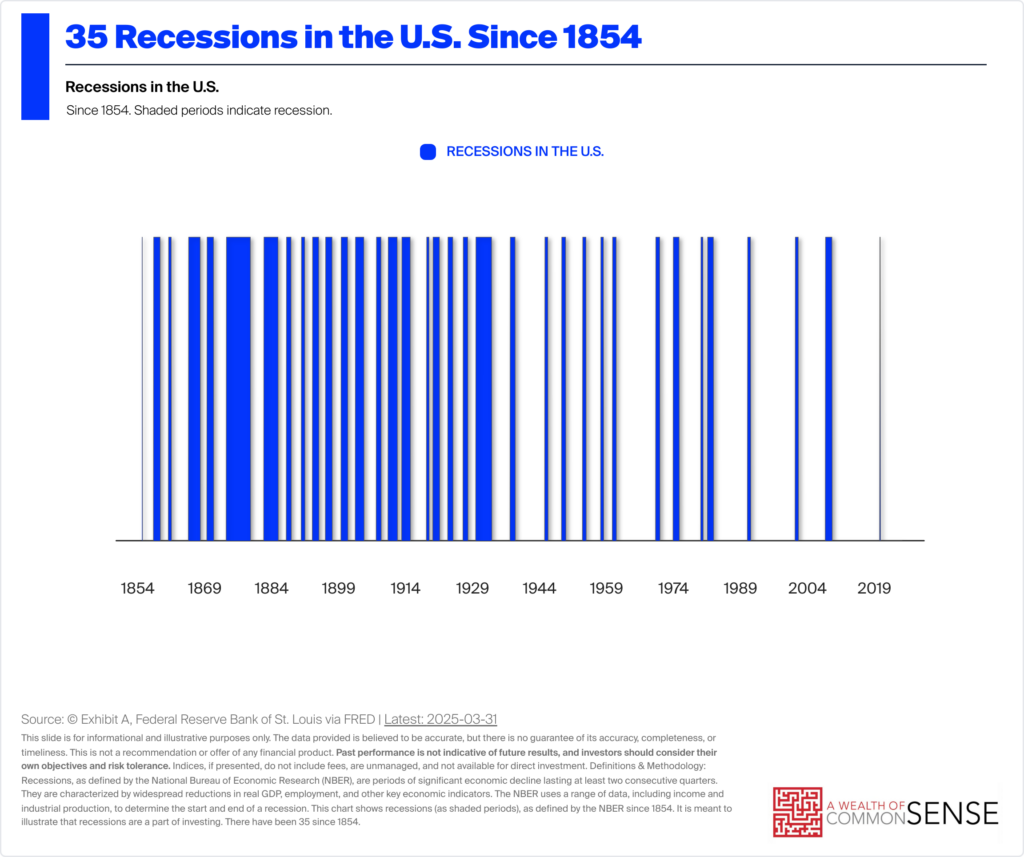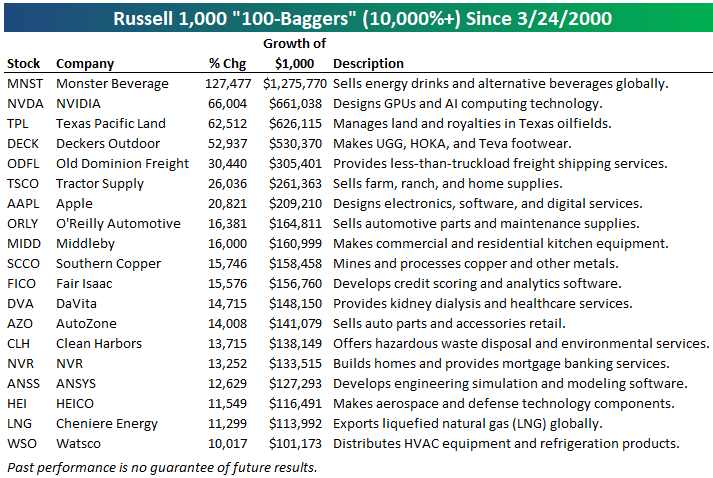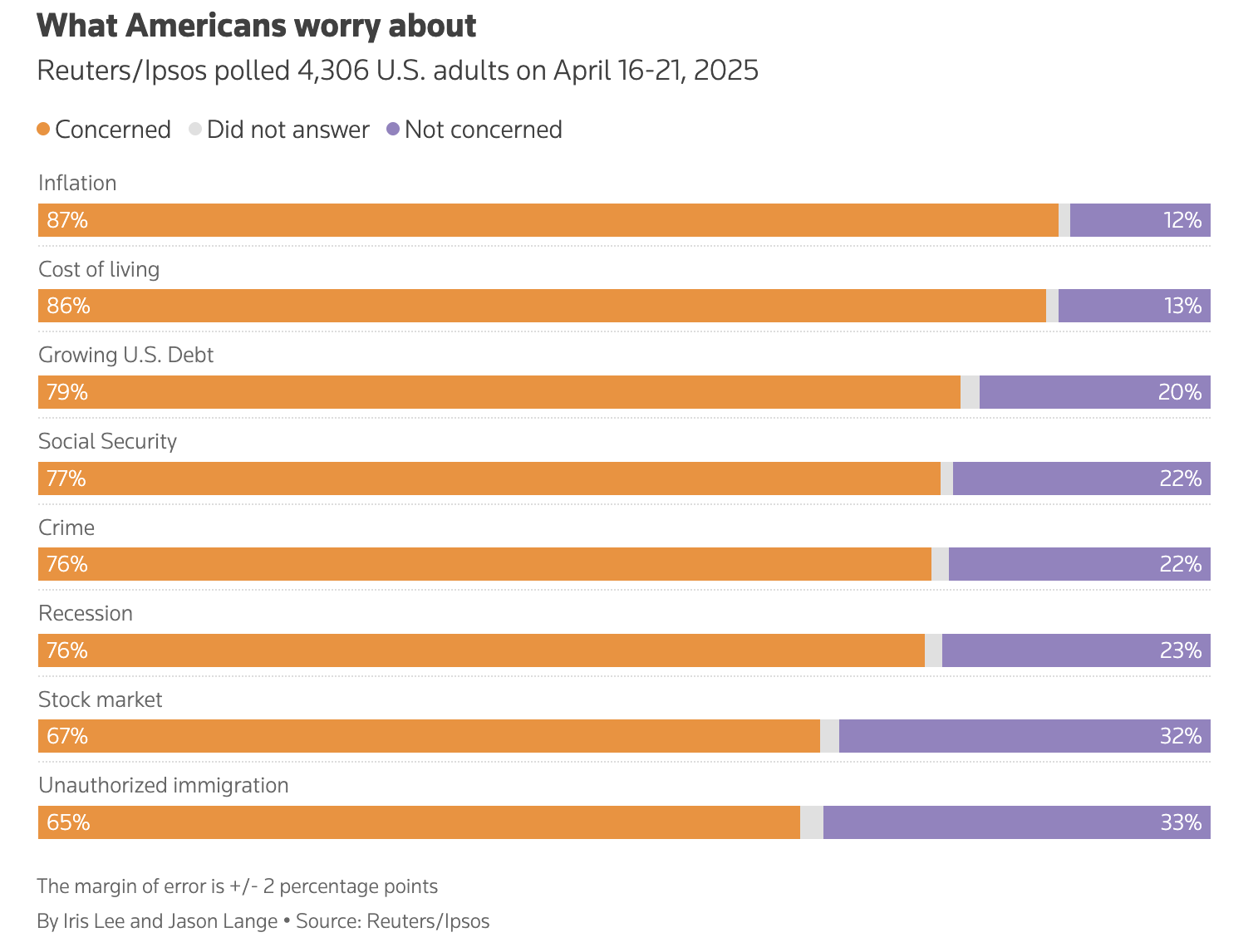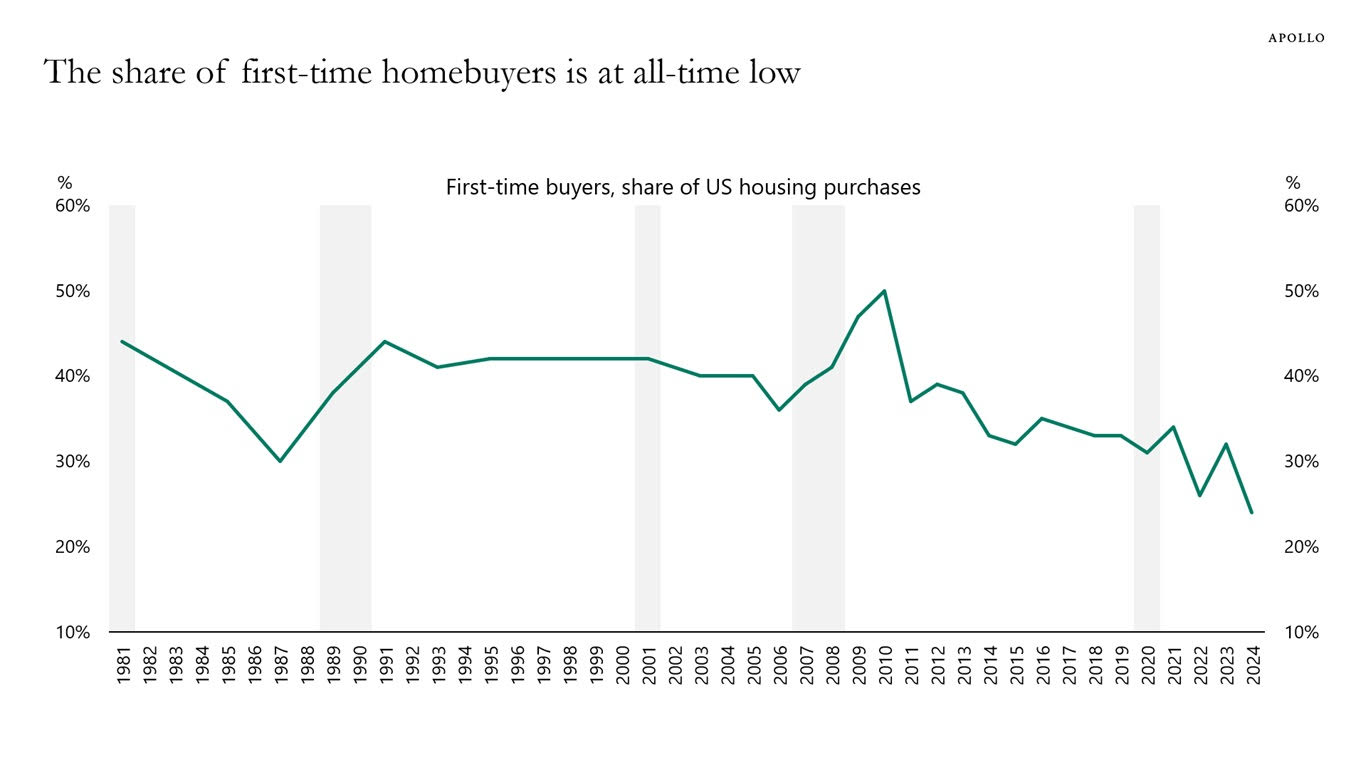These Are the Biggest Rivalries Between US States
From the founding of the country, the various states of the United States have had rivalries. Of course, we all know these became serious enough to be fought on the battlefields of the Civil War from 1861-1865. Fortunately, today our state rivalries tend to be more good-natured, for the most part, and are often played […] The post These Are the Biggest Rivalries Between US States appeared first on 24/7 Wall St..

From the founding of the country, the various states of the United States have had rivalries. Of course, we all know these became serious enough to be fought on the battlefields of the Civil War from 1861-1865. Fortunately, today our state rivalries tend to be more good-natured, for the most part, and are often played out on the athletic field rather than the field of war. In this article, we bring you 11 of the fiercest interstate rivalries in the country. Get your state flags ready to wave.

Key Points
-
Although rivalries between U.S. states today tend to be good-natured and fought on sports fields, they run with deep historical and cultural roots that can be quite serious.
-
Are you ahead, or behind on retirement? SmartAsset’s free tool can match you with a financial advisor in minutes to help you answer that today. Each advisor has been carefully vetted, and must act in your best interests. Don’t waste another minute; get started by clicking here.(Sponsor)
1. Texas vs. Oklahoma
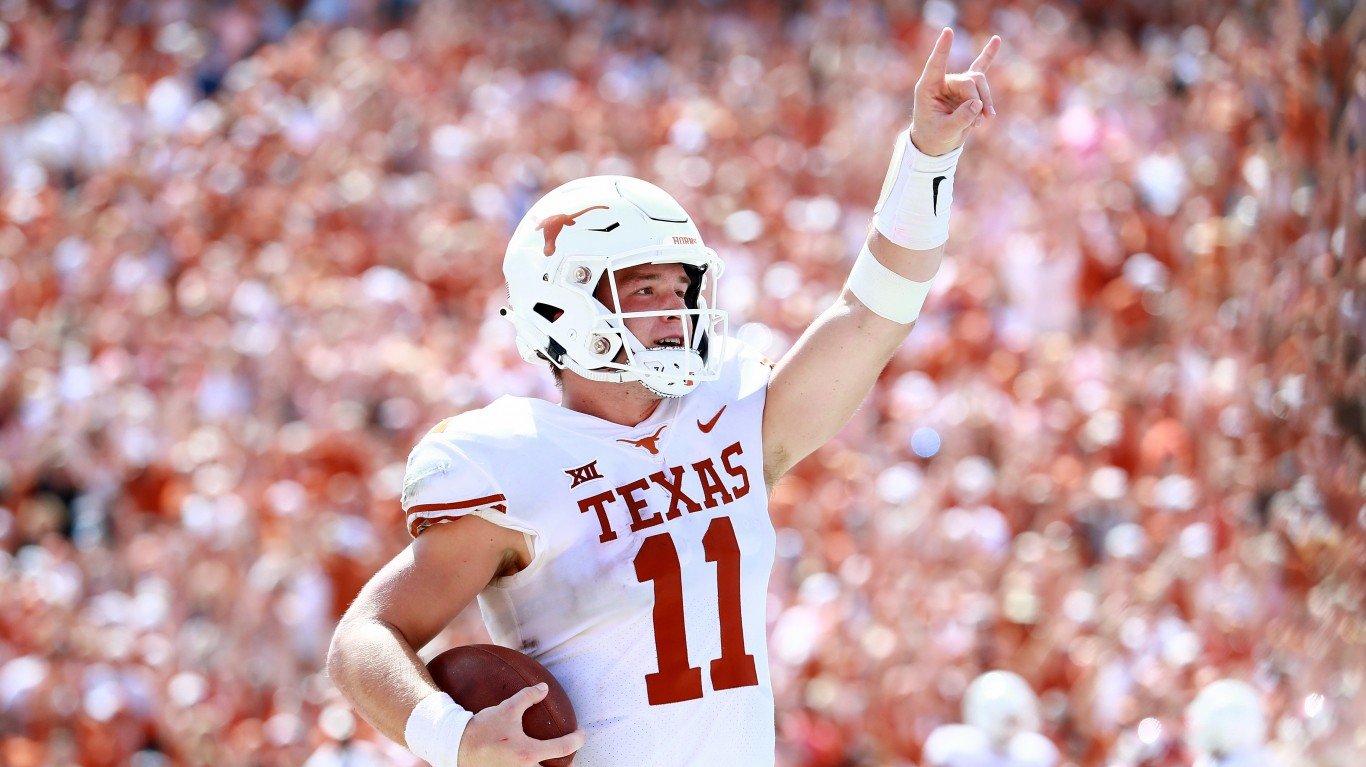
The rivalry between Texas and Oklahoma is one of the most iconic in American sports, anchored by the annual Red River Showdown between the University of Texas and the University of Oklahoma. Played since 1900 and held at the Cotton Bowl in Dallas since 1929, this neutral-site football game draws massive crowds and fierce loyalty from both sides. Though Texas holds the edge in the all-time series, Oklahoma has dominated recent matchups, adding intensity to an already heated contest.
But the tension between these states goes deeper than college football. Historically, the Red River border has been a source of conflict—from 19th-century cattle rustling to lengthy legal disputes over land ownership and oil rights. At several points, surveys and court rulings were needed just to settle where the state line actually was. The rivalry also reflects broader cultural and political differences: Texas tends to embody a bold, classic conservatism, while Oklahoma leans more rural and libertarian. Many Texans view Oklahoma as the “little brother,” an attitude that only amplifies the competitive dynamic between the two.
2. California vs. Arizona
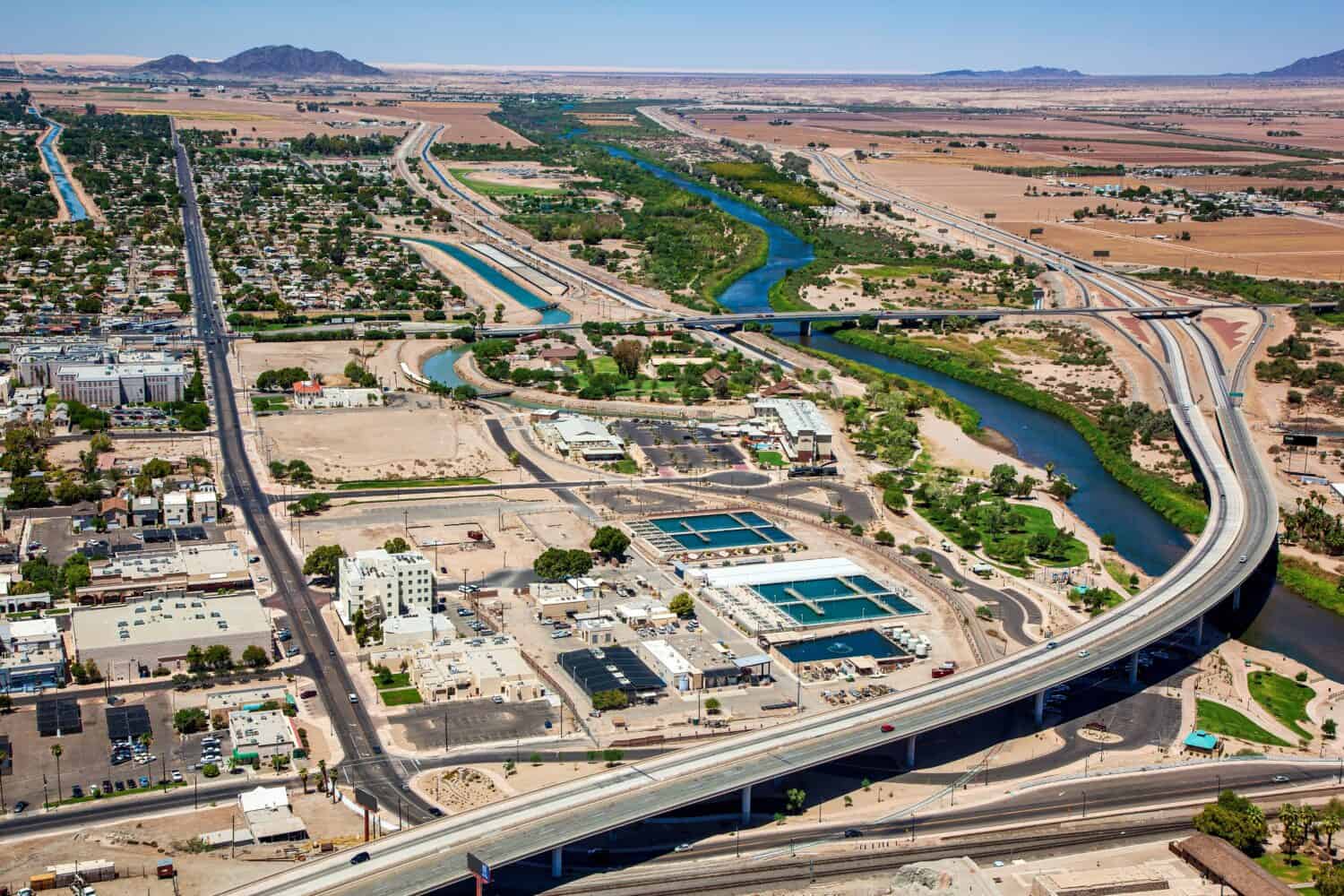
The rivalry between California and Arizona is deeply rooted in one of the most critical resources of the American Southwest—water. For over a century, the two states have battled over rights to the Colorado River, beginning with the 1922 Colorado River Compact, which aimed to divide water among seven basin states. Arizona initially resisted the agreement, fearing California would take more than its share. That fear proved well-founded in the eyes of many Arizonans, leading to a series of lawsuits—including a landmark Supreme Court case in 1963—through which Arizona fought to secure equitable access to the river’s flow. Today, as drought and climate change strain the region, both states remain locked in tense negotiations over how to share dwindling water supplies, especially as California’s vast agricultural industry and Arizona’s booming cities stretch existing resources to the brink.
The conflict isn’t just about water. Arizona has also sued California and the EPA over air pollution and vehicle emissions standards, claiming California’s regulations create spillover effects that harm Arizona’s air quality and economy. Politically and culturally, the two states couldn’t be more different. California is often seen as the progressive laboratory of America—dense with regulations, tech-driven, and urbanized—while Arizona leans more libertarian and ruggedly independent. To Californians, Arizona may appear regressive or behind the times; to Arizonans, California is chaotic and overreaching.
3. Massachusetts vs. Connecticut
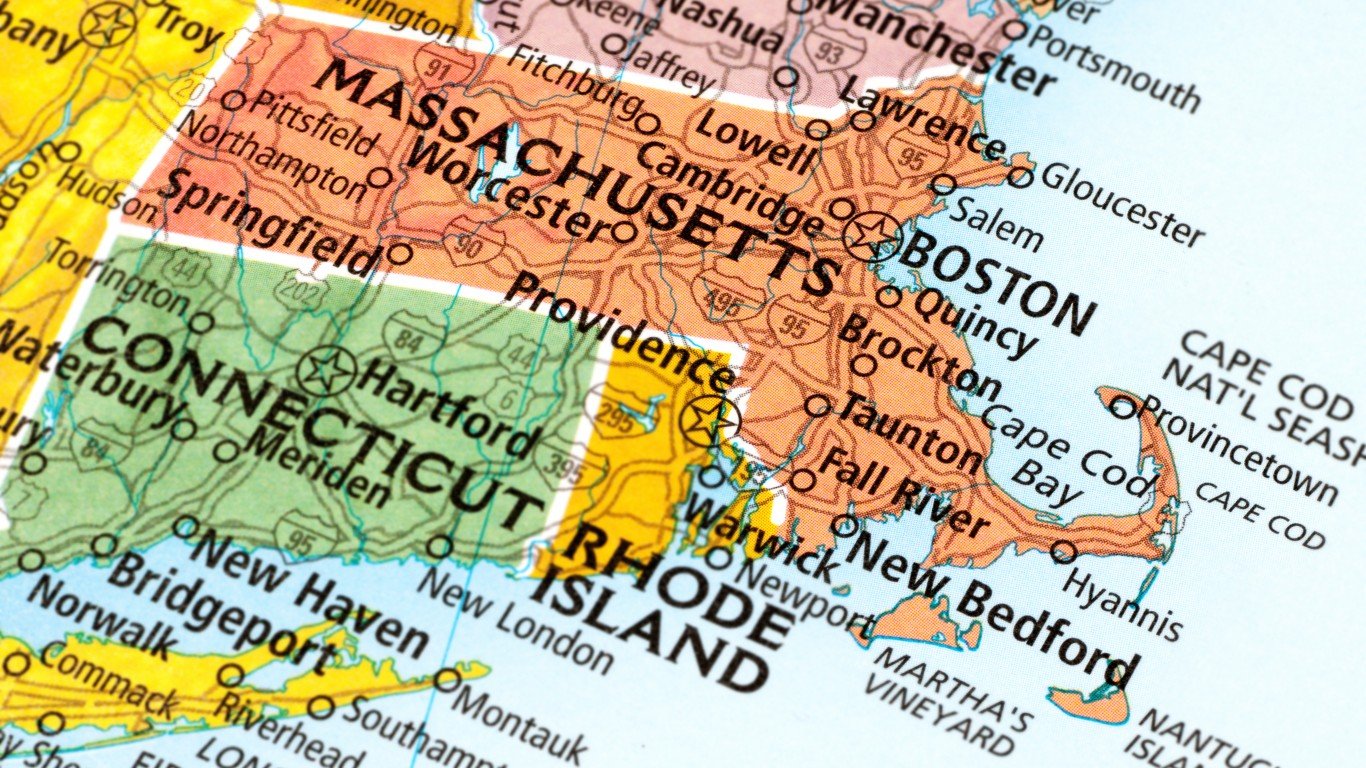
Massachusetts and Connecticut share centuries of history, and much of their rivalry is rooted in the colonial period. Massachusetts, particularly Boston, has long dominated the political and cultural landscape of New England, often at the expense of Connecticut’s own regional identity. That imbalance set the stage for friction that still echoes today.
Modern tensions tend to center around cultural perception. Massachusetts sees itself as the refined academic hub of the region, while Connecticut is often cast as a commuter state without its own clear identity. Sports loyalties reflect this divide: Connecticut is geographically split between fans of the New York Yankees and the Boston Red Sox, a sign of its status as a cultural borderland. Even though open hostility is rare, the subtle competition between these neighbors remains present.
4. New York vs. New Jersey

Few state rivalries are as persistent and visible as the one between New York and New Jersey. Whether it’s infrastructure disputes managed by the Port Authority or political scandals like the “Bridgegate” incident, the tension often spills into public view. The shared oversight of bridges, tunnels, and commuter systems becomes a battleground for control and blame.
Sports only add to the rivalry. The New York Giants and Jets play their home games in New Jersey, but are still branded as New York teams, much to the frustration of New Jersey residents. The same goes for the NHL’s New Jersey Devils, whose fans often feel overshadowed by New York’s teams and media presence. Culturally, New Yorkers tend to dismiss New Jersey as polluted or less sophisticated, while New Jerseyans see New York as arrogant and overhyped. The rivalry is fueled by geography, economics, and deep-seated pride on both sides.
5. North Carolina vs. South Carolina
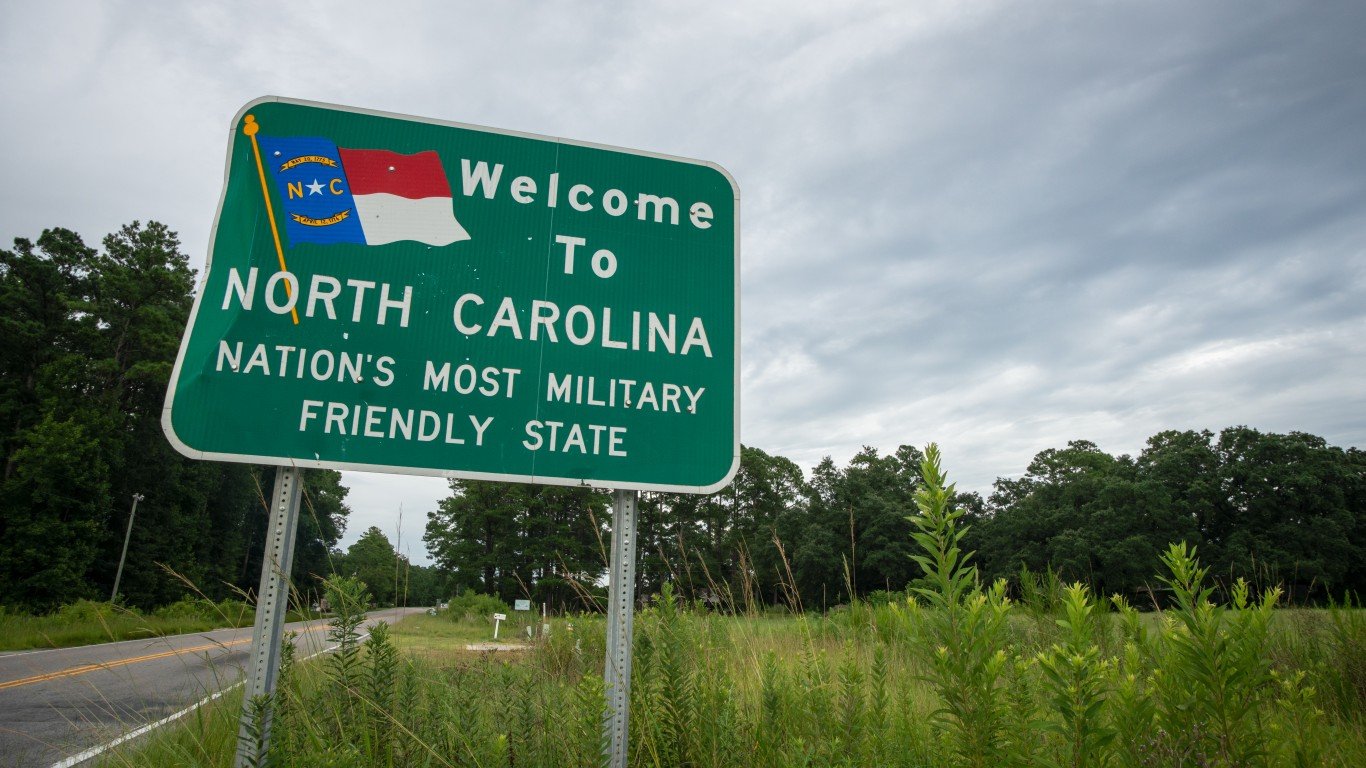
North Carolina and South Carolina share more than a border—they share a name and a long history of rivalry. The Civil War legacy casts a shadow over the relationship, as South Carolina was the first to secede and fire the opening shots, while North Carolina followed more reluctantly. That early divergence still influences how the two states view themselves and each other. Historically North Carolina was more rural and less economically developed not only than South Carolina, but than Virginia, its neighbor to the north. This inspired some North Carolinians to call themselves “a valley of humility between two mountains of conceit.”
In sports, especially college football and basketball, the rivalry between the Carolinas is fierce. Universities like North Carolina, Clemson, and South Carolina compete for dominance and prestige in the region. A recurring question—who is the “real Carolina”?—adds another layer of competition, as each state lays claim to the shared identity.
6. Missouri vs. Kansas

The Missouri-Kansas rivalry dates back to a violent chapter in American history. During the 1850s, the period known as “Bleeding Kansas” saw armed conflict between pro- and anti-slavery factions, often spilling across the state line. The violence shaped regional memory and left scars that have never fully faded.
In the modern era, sports have kept the rivalry alive. The University of Missouri and the University of Kansas have a long-standing basketball rivalry that remains one of the most passionate in college sports. Even geography plays a role—confusingly, Kansas City sprawls across the border into both states, and each side lays claim to being the “real” Kansas City, contributing to the ongoing sense of competition and pride.
7. Alabama vs. Georgia
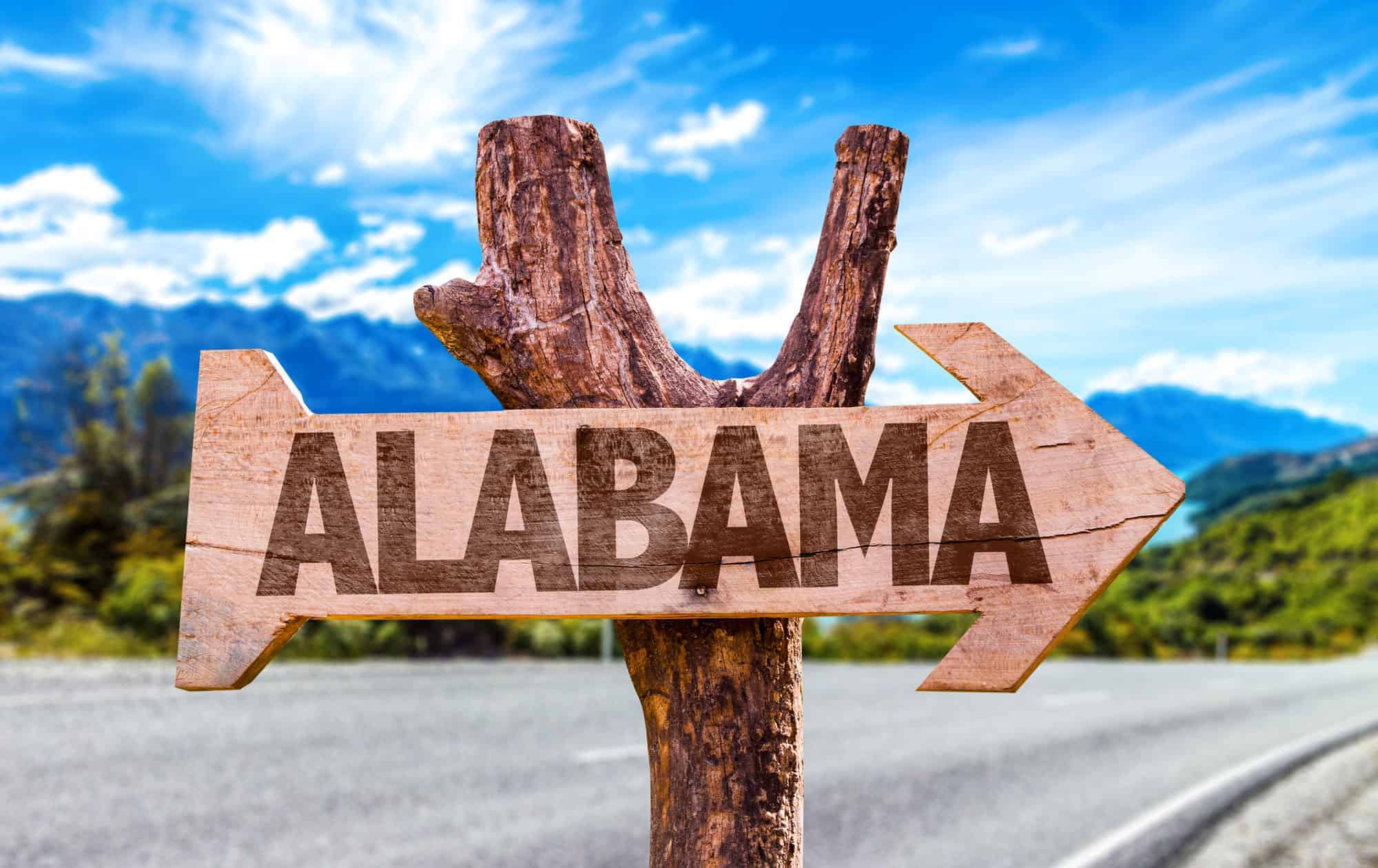
Alabama and Georgia represent two powerful forces in the Southeastern United States. Historically, both have complex legacies tied to the Civil Rights Movement, and each tends to view the other’s record through a critical lens. Atlanta, Georgia is a cosmopolitan, world-embracing city often considered the informal capital of the “New South.” It’s not uncommon for urban Georgians in particular to think of Alabama as a rural backwater.
In sports, the rivalry is especially intense. Alabama has long dominated college football, but Georgia’s recent success has reshaped the narrative. SEC matchups between the Crimson Tide and the Bulldogs are high-stakes, national events.
8. Florida vs. Georgia

The Florida-Georgia rivalry is famously played out each year in Jacksonville at what used to be called “The World’s Largest Outdoor Cocktail Party,” a spirited college football game that draws enormous attention from both states. But the tension goes far beyond the stadium.
Water rights have been a source of legal battles for decades. Both states rely on the Apalachicola-Chattahoochee-Flint river basin, and droughts have intensified conflicts over access and usage. Meanwhile, cultural differences are stark: Florida’s eccentric, unpredictable “Florida man” energy contrasts with Georgia’s more traditional Southern pride.
It doesn’t help much that Florida’s invasive Burmese pythons in the Everglades are migrating up the peninsula eating everything that fits in their mouths. A few have already been captured in Northern Florida and across the border in Georgia. Exporting snakes ain’t no way to win friends and influence people, Florida!
9. Indiana vs. Illinois

Indiana and Illinois have long viewed each other through a lens of competition. Indiana, with its more rural and conservative identity, often feels overshadowed by the political influence and cultural dominance of Chicago. Stereotypes run both ways: Illinoisans may see Indiana as backward, while Hoosiers frequently point to Illinois’s urban sprawl and history of political corruption. Basketball is the clearest outlet for this rivalry. Big Ten matchups between the Hoosiers and the Fighting Illini are consistently hard-fought and emotionally charged.
10. Kentucky vs. Tennessee
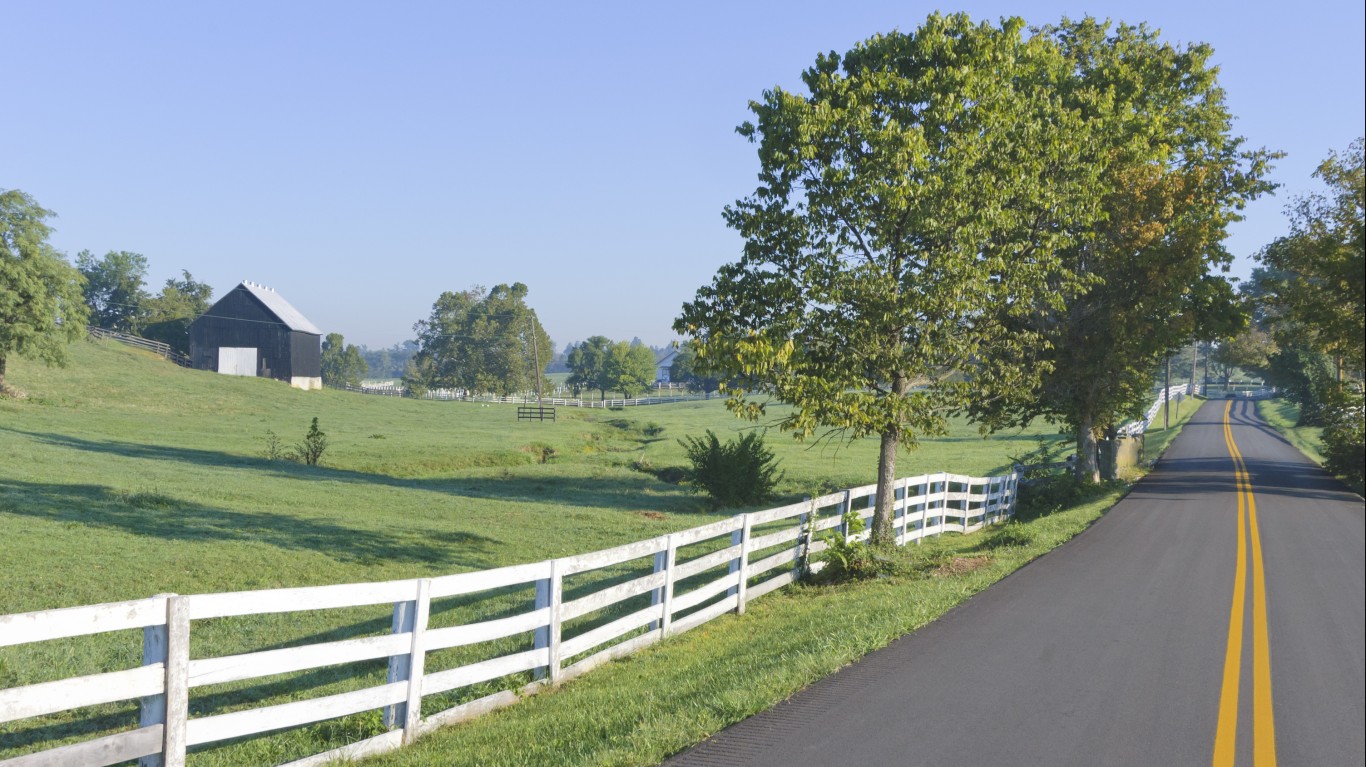
Kentucky and Tennessee may appear similar at a glance, but their differences run deep. During the Civil War, although Kentucky was a slaveholding state, it refused to secede and join the Confederacy. As a result, it became a staging ground for Federal troops to invade Tennessee and fight some of the most intense battles of the Civil War there. This didn’t exactly endear Kentucky to their neighbors down south.
In college sports, the contrast is clear: Kentucky is synonymous with basketball, while Tennessee is rooted in football culture. The two fanbases are passionate, vocal, and quick to clash. Culturally, there’s also a branding battle over liquor—Kentucky’s world-famous bourbon versus Tennessee’s iconic whiskey. And when it comes to music, it’s Kentucky bluegrass versus Nashville as the country music capital of the world. Both states are proud, distinct, and endlessly competitive.
11. West Virginia vs. Virginia
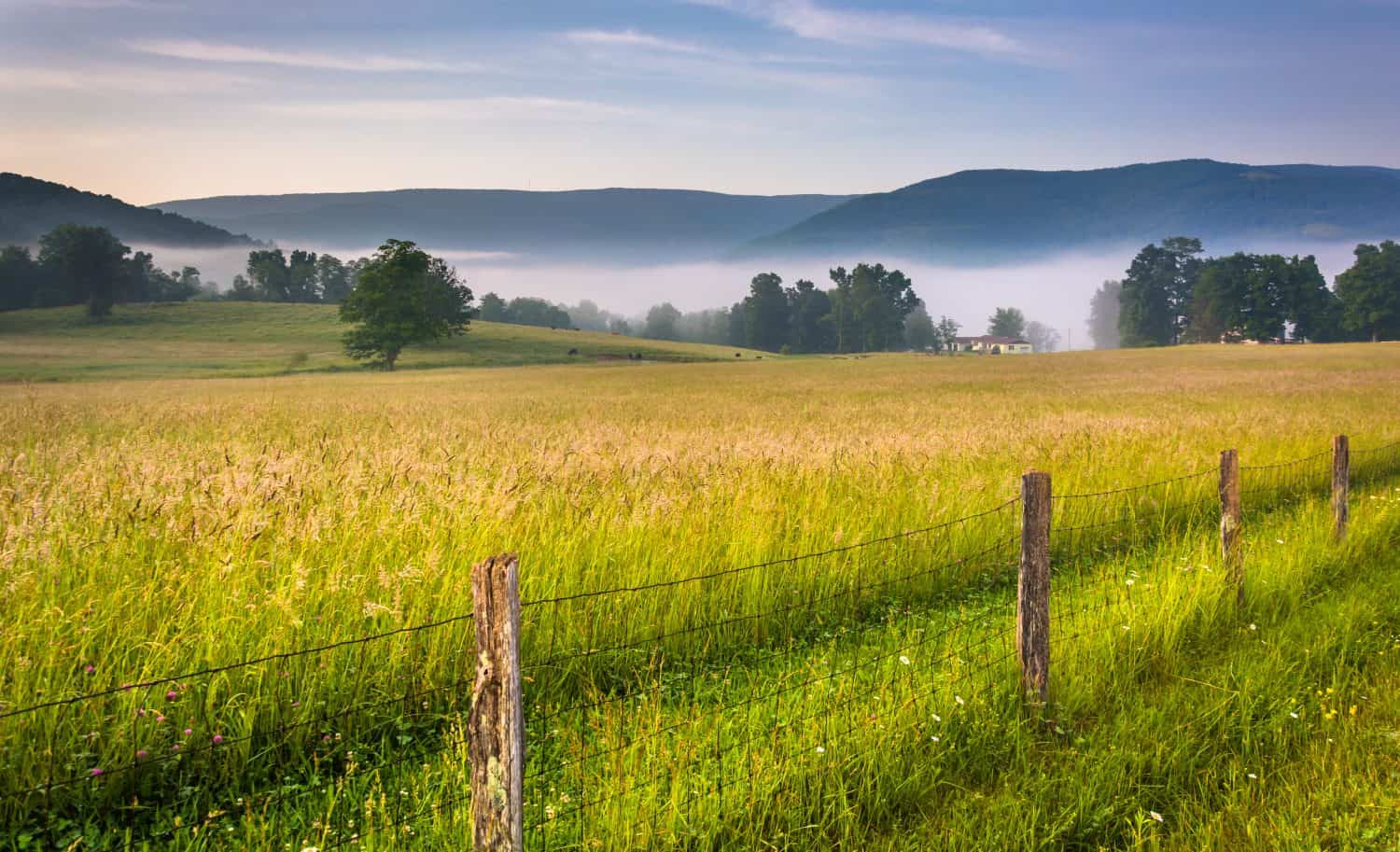
West Virginia’s decision to break away from Virginia during the Civil War remains a defining feature of its identity. The separation was born from political and economic differences. Residents of the mountainous western and northern part of the combined state had closer ties to Ohio, Kentucky, and Pennsylvania than to the rest of Virginia. The large plantations profiting from slavery were far away to the south and east. Benefitting little from that economy, western Virginians were unwilling to fight and die for it, so with Federal support, they made their own state.
Today, cultural tension continues in the form of mutual stereotyping: West Virginians often view Virginians as elitist and out of touch with rural values, while Virginians sometimes dismiss West Virginians as uneducated and culturally backward. Sports contests between West Virginia University and Virginia Tech have always carried extra emotional weight as a result of this historical and cultural baggage.
The post These Are the Biggest Rivalries Between US States appeared first on 24/7 Wall St..



















